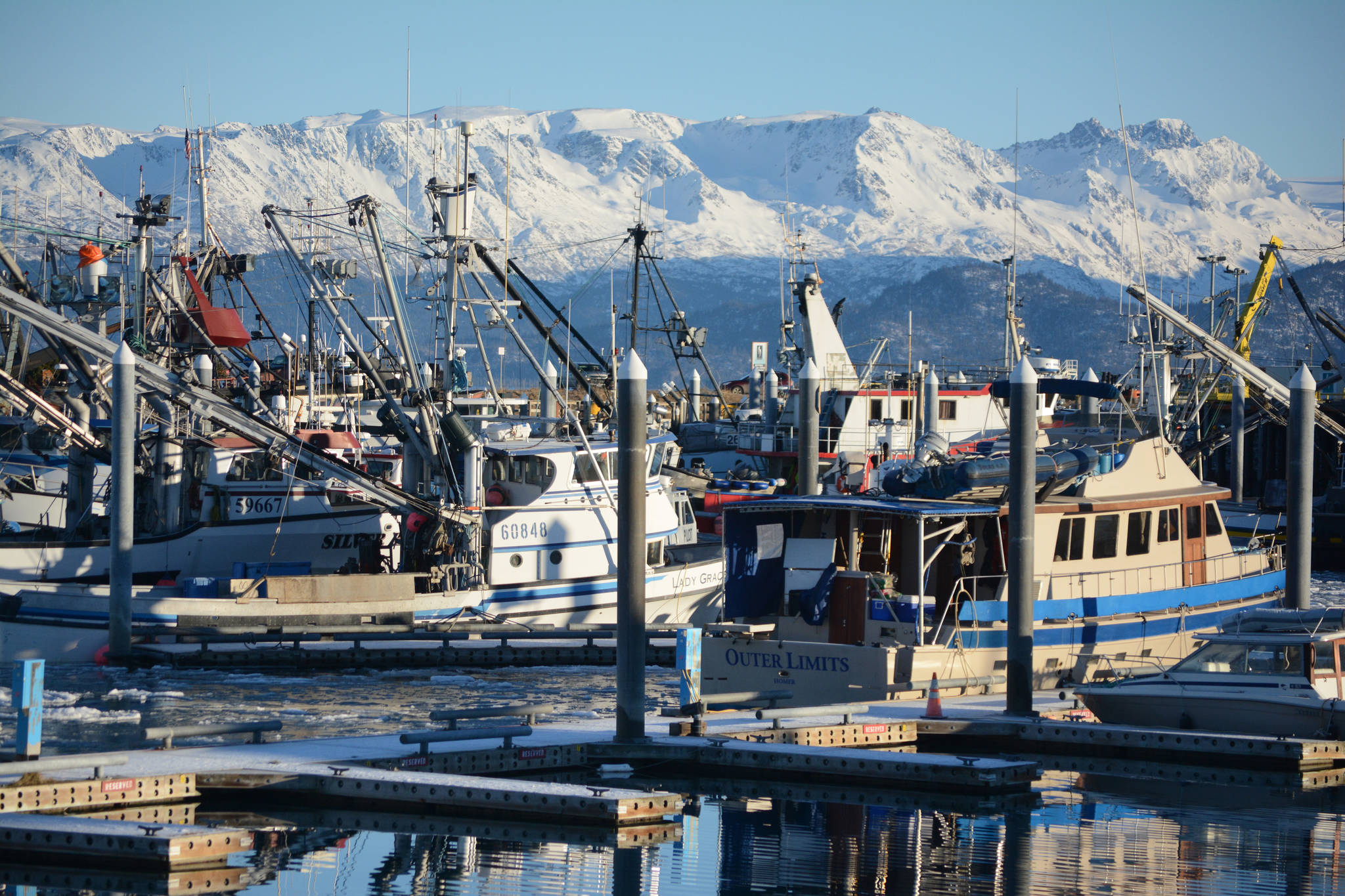Halibut and black cod season started this week, but two days into the fishery there had been no deliveries yet.
By this time last year 370,000 pounds had been delivered, but the season also opened March 1, not March 6.
Quotas for both fisheries are up, with state-wide commercial halibut quotas up 10%, and black cod up 32%.
While it’s too early to say what halibut dock prices will be, Alaska Boats and Permits reported in their weekly market newsletter that there are rumors of opening dock prices around $8 per pound. That compares with opening prices last year in the $5-$6 range and an average dock price for the season of $6.40, although at the very end of the season in December prices rose to $7.50 to $8 from the few buyers still taking fish at the end of the season, and brutally cold temperatures in the Gulf of Alaska.
Last year’s opening was against the backdrop of an ongoing global pandemic with many restaurants shuttered to indoor dining or out of business entirely.
This year every state except Hawaii has ditched the indoor mask mandates and restaurants are open and busy.
Weather is relatively mild this week in the Gulf, and boats should have an easier time.
Meanwhile, a few boats are gearing up for the Sitka Sound sac roe herring fishery, which at 45,164 tons is the largest on record, and usually kicks off in late March.
That compares with a quota of about 33,000 tons last season, although the fleet that showed up only caught about half that, below even a harvest of 20,000 tons that the Alaska Department of Fish and Game was predicting.
The previous season, 2020, no one even bothered to show up for the fishery due to the expected small size of the herring and no buyer interest.
In 2019, a few boats showed up but never fished, an expensive proposition.
ADF&G reports that there were reductions made to the guideline harvest level in the previous two years, to buffer against uncertainty surrounding the extremely large and partially mature 2016-year class.
“The consistent estimates of this large year class produced by observation and modeling for the past three years has reduced the department’s concerns about uncertainty of the size of the cohort, and thus a reduction to the 2022 GHL is not warranted,” ADF&G said in the forecast statement.
Sitka Tribe of Alaska subsistence gatherers of herring roe won a second lawsuit in 2020 challenging ADF&G’s assertion that it has been providing “reasonable opportunity” for subsistence harvest before opening the commercial fishery, claiming that ADF&G had not followed Alaska Board of Fisheries regulations set out in 2002.
At the time, STA general manager Alicia Gassman said that the commercial fishery being closed for two years had benefited the Tribe, stating “As far as impact of the season, them not taking over the last couple of years, that has seemed to be positive for subsistence gatherers. We were happy to see that there wasn’t a commercial fishery that occurred and the herring were allowed to spawn naturally, and we were able to get the herring eggs brought in in the quality that we have seen in previous years.”
However, she said the herring still haven’t returned to traditional areas.
“We did see spawning quite a ways out — I don’t know enough to say if it was in different areas,” Gassman said. “We have not seen quite yet the fish return to areas that they had historically spawned, closer to town. Our resource protection department staff had to go out quite a ways to set the trees in the water to get those; all of our subsistence gatherers were having to go further out to get what they were able to get. But I can say we haven’t seen the herring spawn in all of the historical areas.”
It remains to be seen how many herring will be harvested in the commercial season, and what they will be worth, but prices have been lackluster in the past few years, with the 2018 harvest of around 3,000 tons on a quota of 11,800 tons clocking in at a mere $1 million ex-vessel value. That compares with a 1996 harvest of 8,200 tons with an ex-vessel value of $14.35 million, around $26 million in today’s dollars.
Cristy Fry can be reached at realist468@gmail.com.



